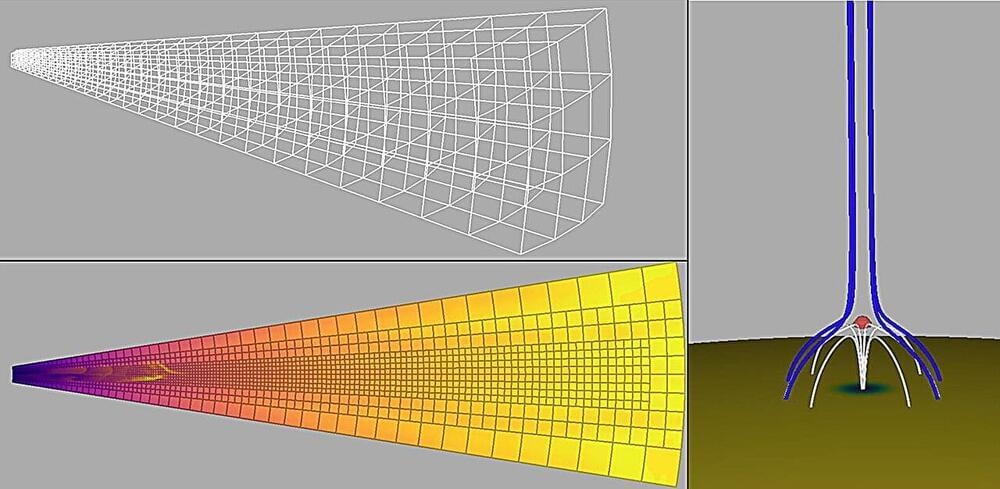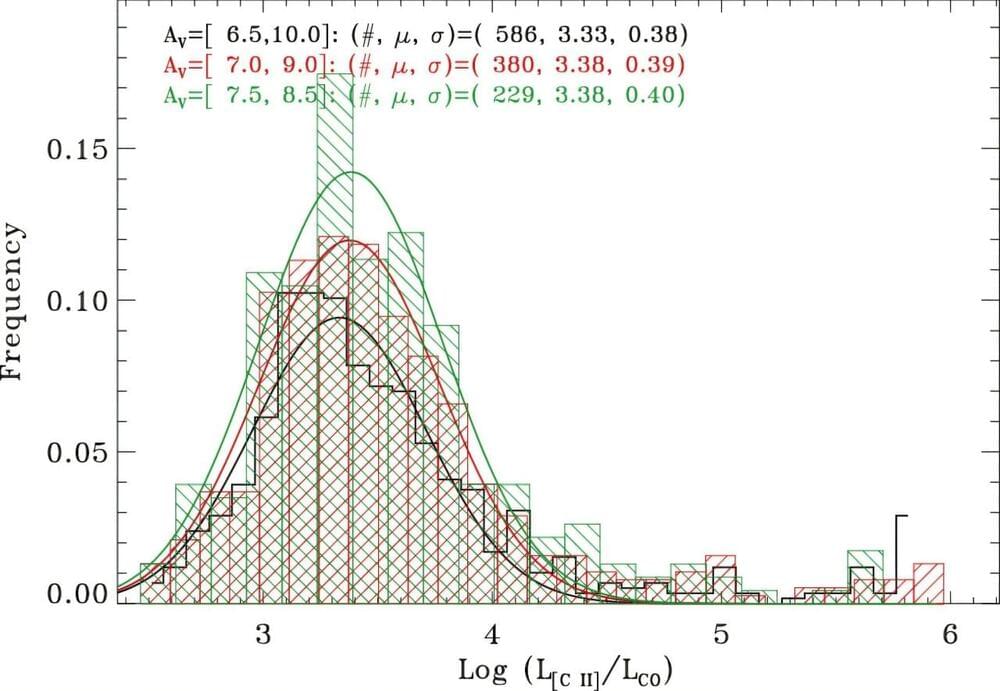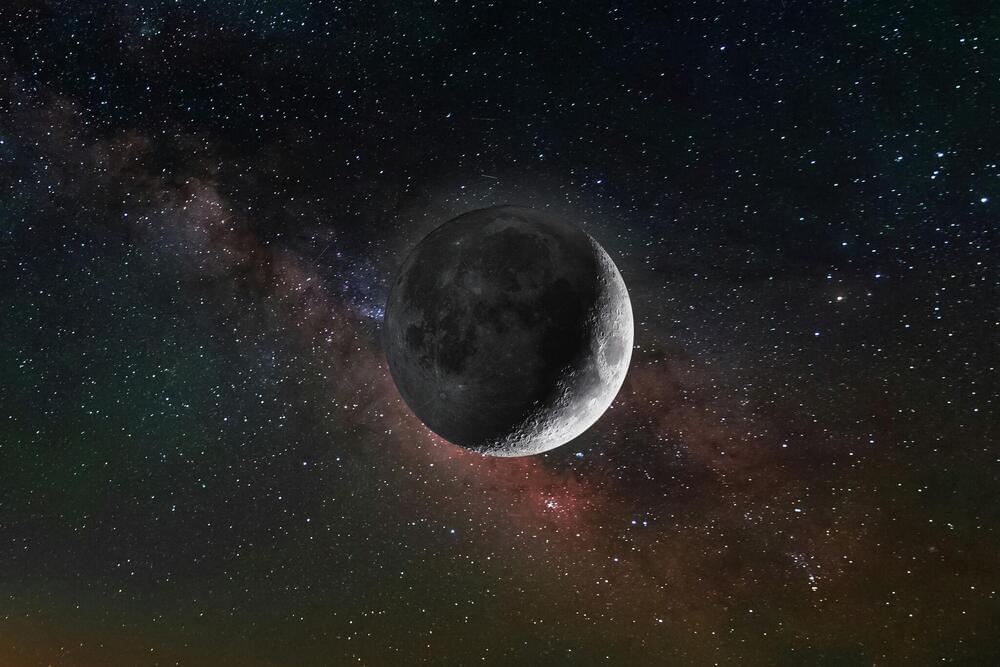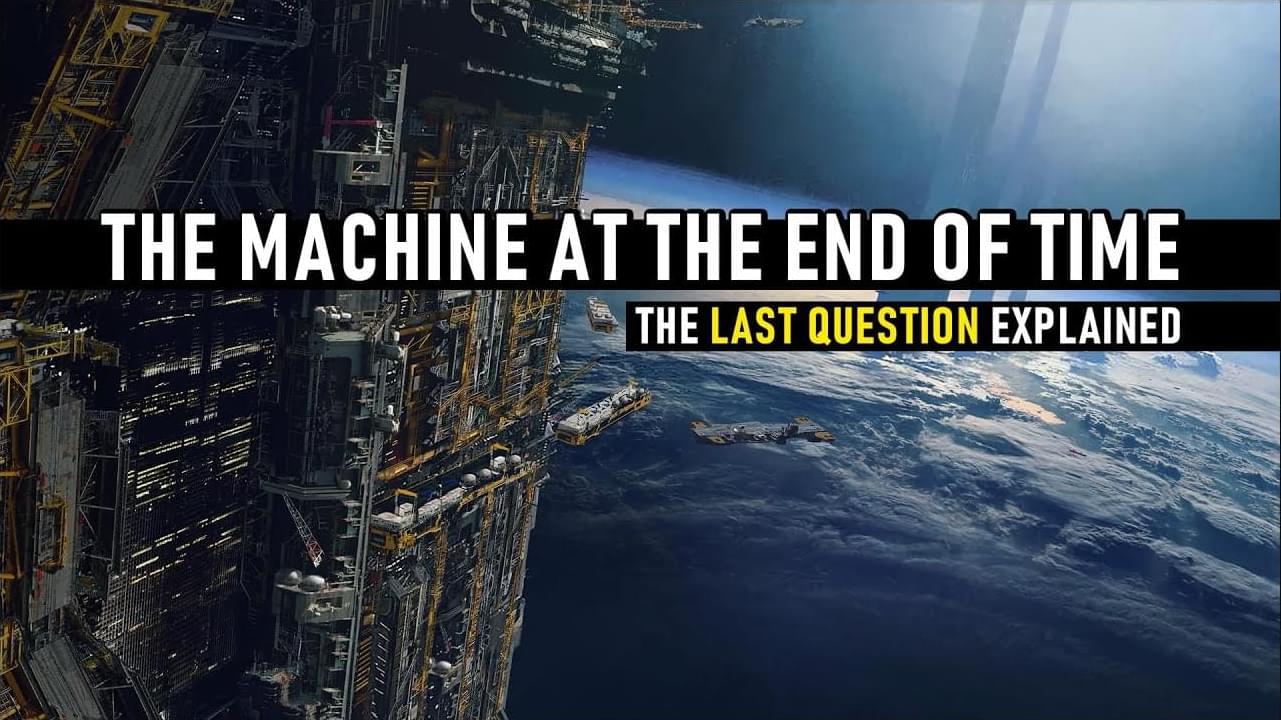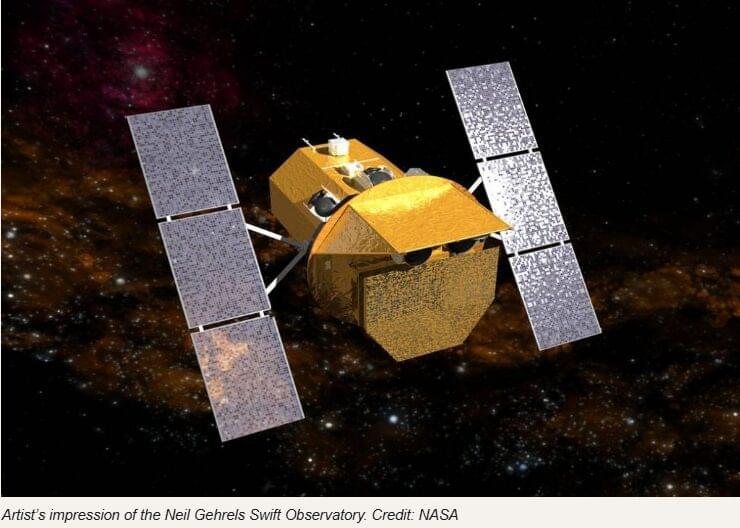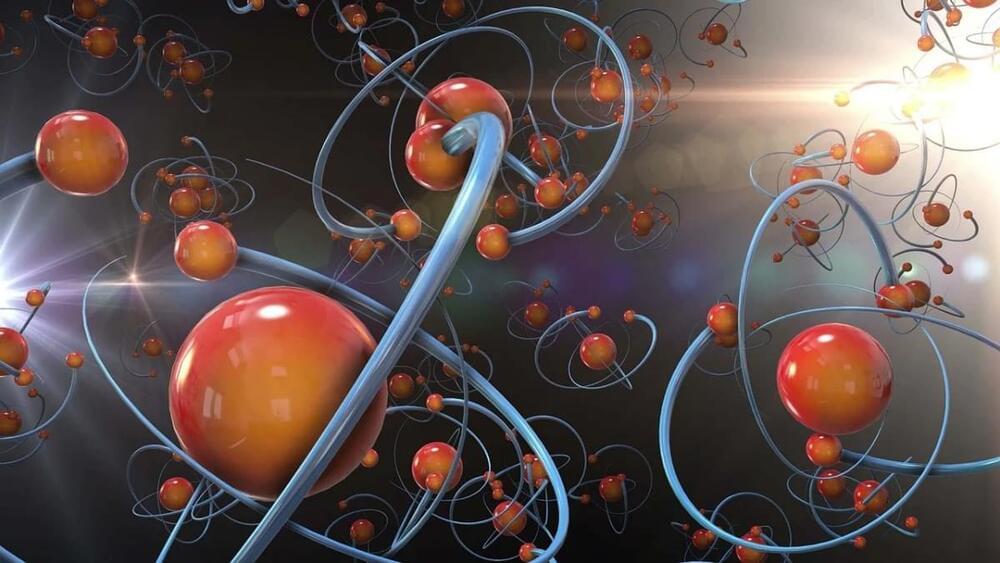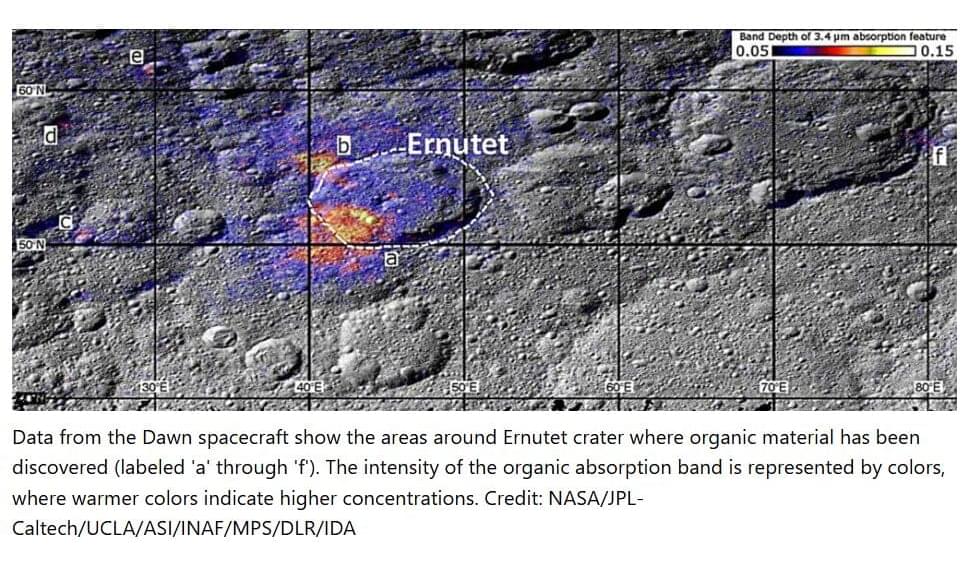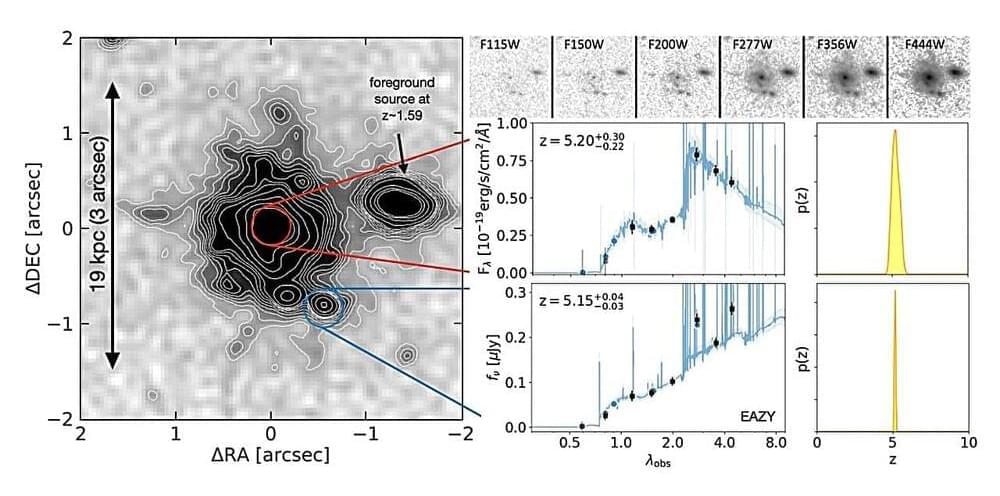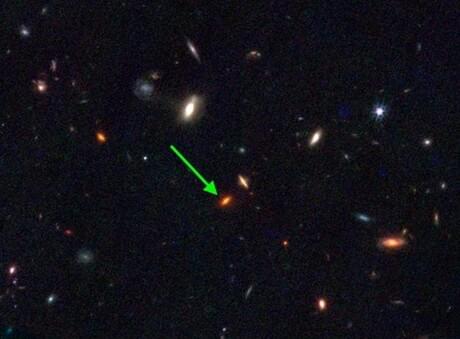Dec 31, 2024
Switchbacks: Solar Jets may hold the Key for Understanding Complete Magnetic Field Reversals
Posted by Natalie Chan in categories: physics, space
NASA’s Parker Solar Probe mission has detected magnetic distortions in solar wind, known as switchbacks. To better understand these phenomena, whose origins remain uncertain, a study was conducted by a network of collaborators. This study, published in the journal Astronomy & Astrophysics, reveals that solar jets can create similar disturbances without causing a complete reversal of the magnetic field.
NASA’s Parker Solar Probe mission revealed the presence of switchbacks, sudden and rapid reversals of the magnetic field in the solar wind. These peculiar phenomena, rarely observed near Earth, have captivated the scientific community due to their enigmatic origins. A leading theory suggests that switchbacks originate from solar jets, which are ubiquitous in the lower atmosphere of the sun.
To investigate their origins, a team of researchers from LPP, LPC2E, FSLAC, the University of Dundee and Durham University conducted 3D numerical simulations to replicate plasma behavior in the sun’s atmosphere. These simulations modeled solar jets and studied their propagation in solar wind.
